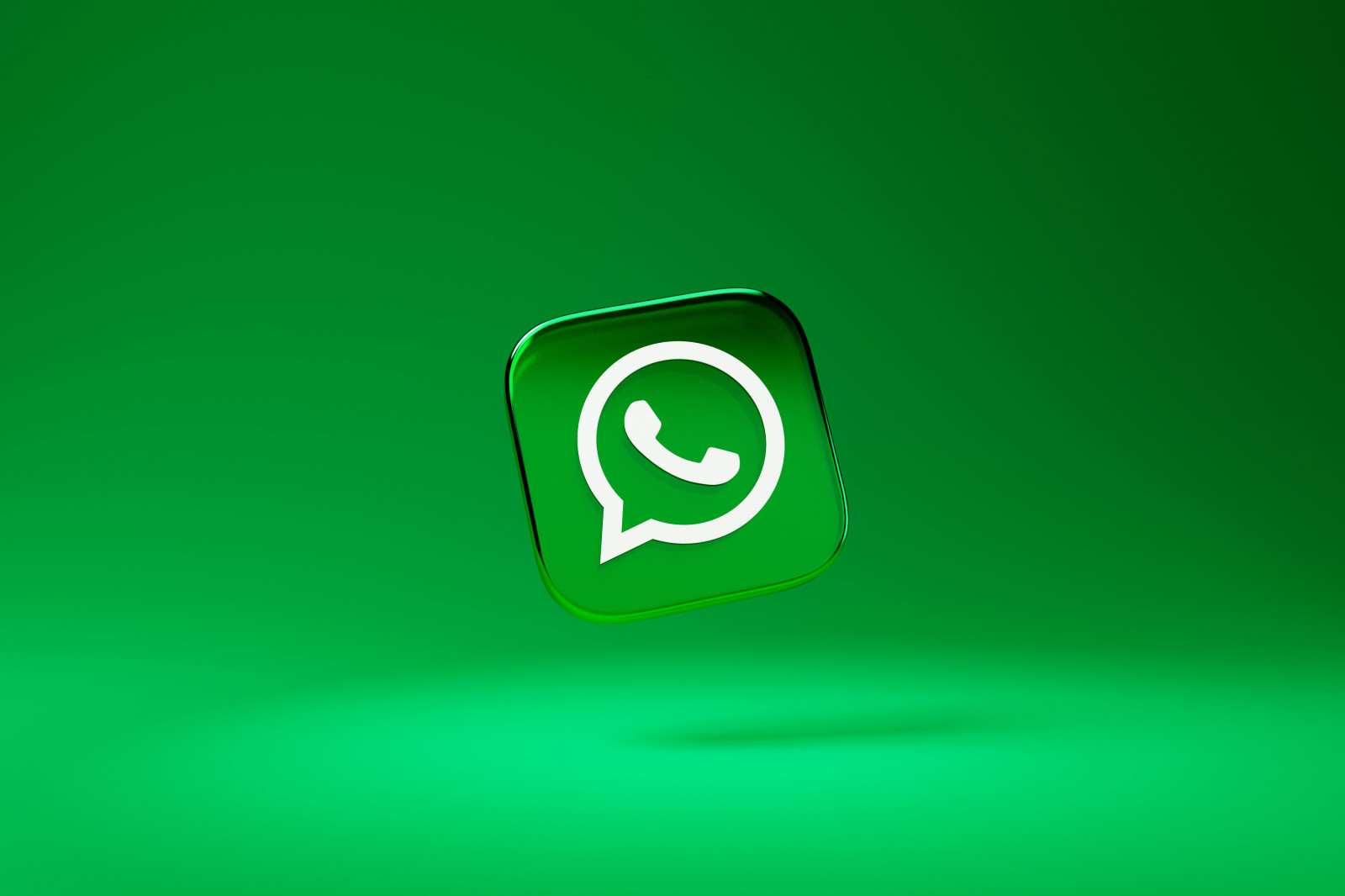Ads in WhatsApp Stories: is this the next ad frontier in social?

Photo: Dima Solomin

Meta has announced that it will be rolling out ads in WhatsApp’s ‘updates’ tab. This marks a move to monetise what has, up until now, been a platform with not so impressive revenue to report.
A major issue for WhatsApp is that, as a direct messaging platform, it has been very difficult to monetise. Business subscriptions can only make up so much ground compared to the massive ad empires of Instagram and Facebook. Advertising in direct messaging channels raises consumer issues of privacy and encryption – major staples of the platform’s branding. Putting ads into the ‘updates’ tab could be a solution to WhatsApp’s monetisation challenges.
Updates? Never heard of them
‘Updates’ is essentially WhatsApp’s version of ‘stories’ – but is less popular as a feature. According to MIDiA’s Q4 2024 consumer survey, just under half of all consumers across nine markets use WhatsApp weekly, and less than a fifth use WhatsApp stories on a weekly basis. This is compared to roughly a third who use Instagram Stories weekly.
This becomes more interesting when broken down on a country level. While it remains the home market of Meta and biggest ARPU market overall, weekly use of WhatsApp is very low in the US, coming in at 15%. Weekly use of WhatsApp stories is about half of that.
WhatsApp’s penetration rate does perform better in other English-speaking countries. In Canada and Australia, 33% of consumers use the app weekly, but only 8% use stories. Among English-speaking countries, the UK’s user penetration rate is highest, with 65% of audiences using the platform weekly, while 17% use stories.
Featured Report
Social audiences are fragmenting Social platform user profile
The social marketplace has been growing – but attention is a finite resource, as is consumer time. As a result, audience attention is fragmenting across many different apps, with the biggest – YouTube, Instagram, Facebook, and TikTok –still dominating.
Find out more…Yet it is outside of English-speaking countries where WhatsApp use really seems to take off. 80% of Germany uses WhatsApp weekly, and over 40% use its stories weekly. Use of the app is widespread in Brazil: 90% of the population uses WhatsApp on a weekly basis, and nearly 50% use its stories feature.
WhatsApp’s popularity never caught hold in the US, however. The blue iMessage bubble, a status symbol, has knocked Android-based competitors down several pegs. In other countries where brand loyalty is lower, price consciousness is higher, and device use is more mixed, aggregator messenger apps like WhatsApp become highly useful. Another factor is geographic: the US, Canada, and Australia are massive territories with few (if any, in Australia’s case) borders. Countries that are smaller and better connected, and whose people are therefore more likely to cross borders or need to message each other, are more likely to use WhatsApp to avoid the outdated hassles of carrier charges and country codes.
WhatsApp’s reach versus revenue conundrum
With such a huge reach in so many important and emerging markets, WhatsApp’s inability to monetise has likely been an internal struggle for the app. Pushing users towards using the platform in a more broadcast social way through stories makes room for ads and, therefore, revenue. The resulting shift is twofold. One, it means the company is looking outside of the US for its ad revenue growth. And two, it will now be more incentivised to build out these ‘broadcast’ features to encourage uptake of use the tab where those ads sit.
Of course, there could be another motive at play: to acclimate users to ads on the platform to then later introduce them in the direct-messaging area. This may seem far-fetched now, but once upon a time it seemed absurd to have ads in your email – until Gmail began to introduce sponsored content. Outrage ensued for about two weeks, and then everyone shrugged and kept using the service; after all, there was no better infrastructure for the purpose.
WhatsApp could very well make this same play. WhatsApp’s encryption USP is being slowly phased out, while Meta AI – now incorporated into the app – and linked social profiles (for security purposes, of course) are brought in. This means a growing wealth of data to draw from, with lowering likelihood of user pushback. The app’s utilitarian value to users will make it hard to replace, even if there is a hit to brand sentiment. Getting users accustomed to ads on the platform through ‘updates’ could be a toe in the water to ads throughout the platform.
Users are withdrawing to the DMs, and gatekept communities are becoming more important. WhatsApp ads could capitalise on these emerging audience behaviours, becoming the next new frontier in social advertising.

The discussion around this post has not yet got started, be the first to add an opinion.